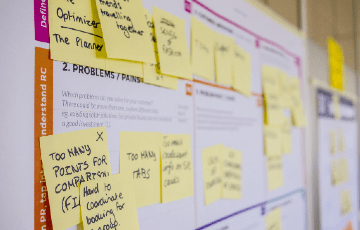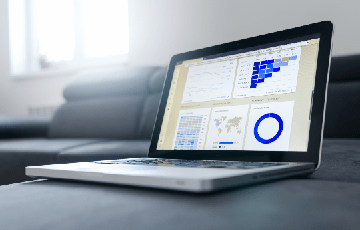
Research
Our research falls into several broad areas. Click on each below for a list of our publications pertaining to that subject

Research Areas

Political Media & Their Consequences
The American media environment has experienced massive changes over the past 20 years. ISCAP studies explore the consequences of a variety of these shifts for mass opinion.

Public Opinion & Globalization
This research agenda focuses on understanding the enormous chasm between how the public understands economic globalization, and how economists understand it.

Incivility in Political Discourse
Contemporary political discourse is widely decried as coarse, uncivil, and symptomatic of a general decline in the quality of the political process. ISCAP research examines both face-to-face and mass mediated political discourse.

Experimental Design and Analysis
The widely acclaimed “gold standard” for research, new forms of experiments now allow social scientists to study citizens and politics outside of the laboratory.

Elections & Public Opinion in the U.S.
Political opinions tend to be highly stable over time, but for some issues, such as gay marriage, there have been significant changes in recent years. Panel data are used to better understand these changes.
